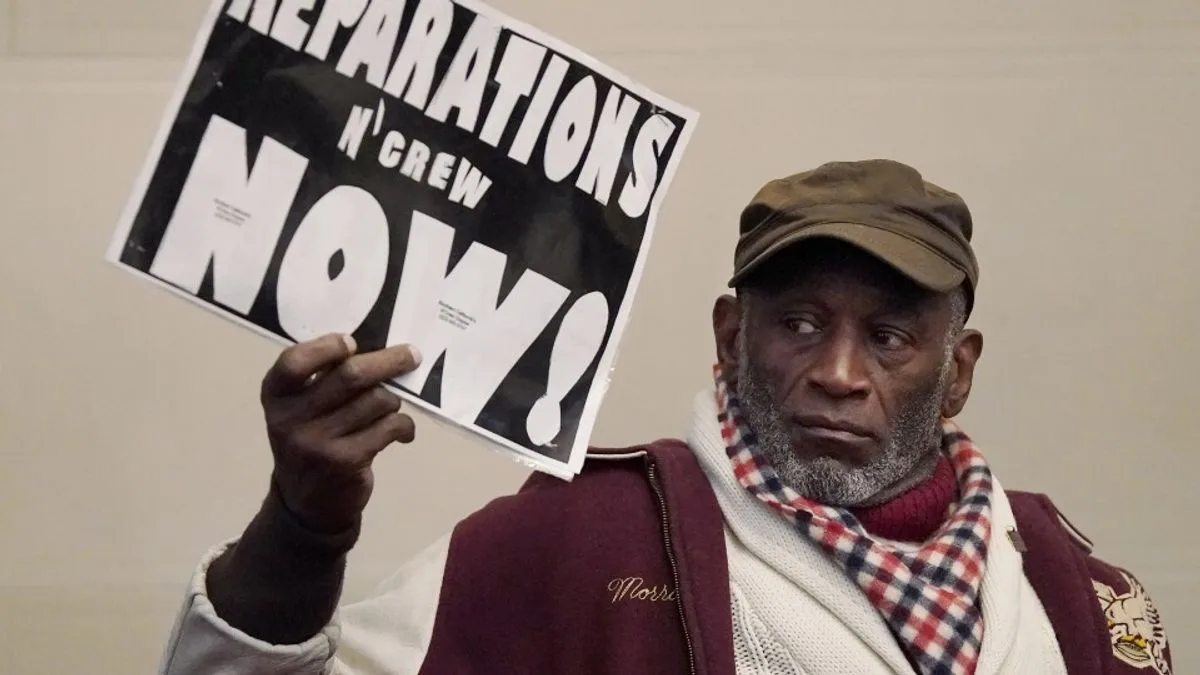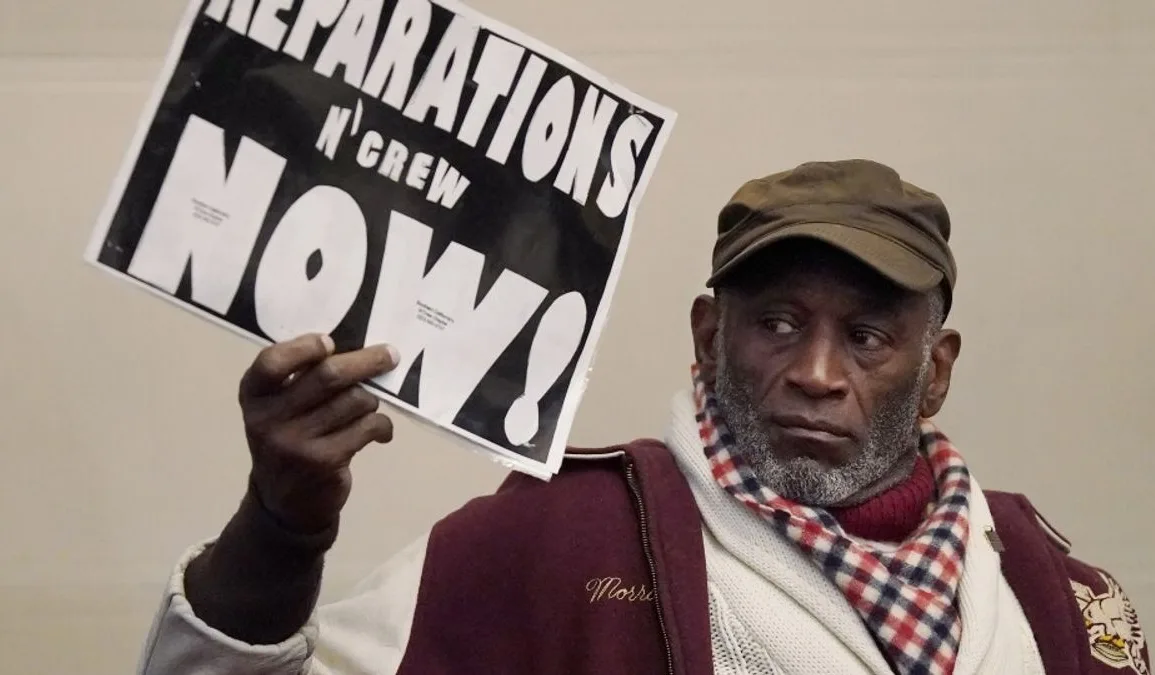
As the sun rises over the historic skyline of Boston, a city renowned for its revolutionary past, a new chapter of restitution unfolds, led by the visionary attorney Mr. Feaster. With a legacy steeped in the unspeakable injustices of slavery, Boston takes a monumental leap towards acknowledging and amending the deep scars left on its Black community. Mr. Feaster, a figure synonymous with advocacy and change, positions himself at the forefront of this transformative journey. Amidst a nation grappling with its dark history, Boston’s initiative not only illuminates the path to healing but also beckons other communities to follow suit.
Unveiling the Plan: A Beacon of Hope
At the heart of Boston’s reparative efforts is a fervent call for reparations, championed by activists and now, ardently supported by Mr. Feaster. Drawing from his vast experience with the Massachusetts Community and Banking Council and other pivotal roles, Feaster articulates a vision that transcends mere acknowledgment. With activists rallying for an audacious $5 billion in direct cash payments to Black residents, the proposal seeks to mend the economic disparities wrought by centuries of enslavement and subsequent systemic injustices. The total package, ambitiously earmarked at $15 billion, aims not just at financial compensation but at fostering economic development, education, and anti-crime initiatives, promising a holistic upliftment of the Black community in Boston.
The Historical Debt: A Legacy of Loss
The narrative of reparations is deeply entangled with America’s history of slavery, a grim epoch where the ancestors of today’s Black population were coerced into labor without remuneration, a stark violation of human rights and dignity. The broken promise of 40 acres and a mule, a pledge unfulfilled, symbolizes the betrayal and subsequent socioeconomic disenfranchisement of an entire race. Despite the abolition of slavery 159 years ago, the repercussions resonate, perpetuating a cycle of poverty and marginalization. Mr. Feaster’s initiative not only acknowledges this historical debt but also emphasizes the pressing need for restitution, aligning with the growing advocacy for reparations across the United States.
The Path Forward: Challenges and Anticipations
The road to reparations is fraught with complexities, both logistical and societal. The proposal, while heralded by many, faces skepticism and resistance, raising questions about feasibility, equity, and the potential for genuine reconciliation. Yet, Mr. Feaster remains undeterred, viewing these challenges as stepping stones rather than obstacles. With an estimated 146,409 Black residents poised to benefit from the reparations package, the initiative represents not just a financial endeavor but a profound moral commitment to right the wrongs of the past. As Boston embarks on this journey, the eyes of the nation watch closely, anticipating the ripple effects of this bold endeavor.
The narrative of reparations in Boston, led by the tenacious advocacy of Mr. Feaster, serves as a poignant reminder of the enduring impact of historical injustices and the relentless pursuit of justice and equality. As this chapter unfolds, it beckons a broader conversation on reconciliation, healing, and the power of acknowledging the past to create a more equitable future. As Boston takes these bold steps, it not only seeks to mend the fabric of its own community but also lights a torch for others to follow, in the enduring quest for justice and reparative justice.


